Despite the fact that water covers about 71% of the earth’s surface, one of the main problems we face today is water pollution. We have to reduce water pollution and that’s why there are many solutions to solve this problem.
Sometimes water is contaminated with chemicals such as oil, harmful bacteria and other microorganisms. When water is contaminated, the water quality deteriorates and usually becomes toxic, negatively affecting animals, plants and the environment.
The best solution to prevent water pollution is to stop it at the source. Fortunately, there are many solutions to reduce water pollution, such as wastewater treatment, stormwater management and water conservation.
Next, we’ll cover what water pollution is, solution of water pollution, and how to measure water quality.
What is water pollution?
Water pollution is the contamination of any water system or body of water, from lakes and oceans to groundwater. Thanks to media coverage, we are very aware of the problem of water pollution, especially when we are still producing harmful chemicals and entering our waters thus causing a reduction or loss of water use.
When water is polluted, acids, bases, oxidizers, and compounds such as copper, cadmium, mercury, arsenic, and organic toxins such as benzene, dichloroethane, and ethylene glycol in the sewage can poison aquatic life and affect drinking water sources and scenic landscapes. The organic matter in the sewage is decomposed by microorganisms when consuming oxygen in the water, affecting the life of aquatic organisms. After the dissolved oxygen in the water is depleted, the organic matter undergoes anaerobic decomposition, producing unpleasant gases such as hydrogen sulfide and mercaptan, which further deteriorate the water quality. It can adversely affect plants and animals (which depend on unpolluted water) as well as the sensitive water environment.
Global warming is increasing and it is a problem we cannot afford to turn a blind eye to. With climate change and global warming, our precious planet is beginning to move toward a water crisis. Our global population is increasing, putting demands on water supplies, and as a result, we are seeing an increase in waterborne diseases due to the pollution of our waters.
What causes water pollution?
To find a solution to the problem of water pollution, we must first understand what causes it. The causes of water pollution can range from overdevelopment to improper sewage treatment.
Once the cause of water pollution is determined, solutions can be developed to address the problem.
Water pollution can come from any of the following.
- Urban development
- Sewage and wastewater
- Mining
- Agricultural fertilizers and pesticides
- Oil spills
- Burning of fossil fuels
- Ocean dumping
- Sewer leaks
- Global warming
- Acid Rain
- Animal manure
- Eutrophication
- Radioactive waste
10 solutions to water pollution
We can divide the water pollution problem into 10 main solutions.
- Waste water treatment
- Reduce plastic waste
- Water conservation
- Water-saving toilets
- Septic tanks
- Do not use toilets as garbage bins
- Rainwater Management
- Green Agriculture and Wetlands
- Denitrification
- Ozone Wastewater Treatment
Wastewater Treatment
Treating water before it enters the waterway system may be the most effective way to reduce water pollution – at the source!
Wastewater treatment facilities have the technology and tools to remove most contaminants through biological, physical and chemical processes. For example, wastewater treatment allows water to flow through different disinfection chambers to reduce the toxicity levels of water contaminants and prevent leakage into the water system.
To ensure proper operation of wastewater treatment, regular maintenance of the equipment is required. This includes applications such as water treatment sensors, which are critical for measuring and removing contaminants to reduce water pollution.
Water treatment sensors.
- pH sensors
- Redox potential (ORP) sensors
- Conductivity sensors
- Dissolved oxygen (DO) sensors
- Turbidity sensors
- COD sensors
- Ammonia nitrogen sensors
- Nitrate sensors
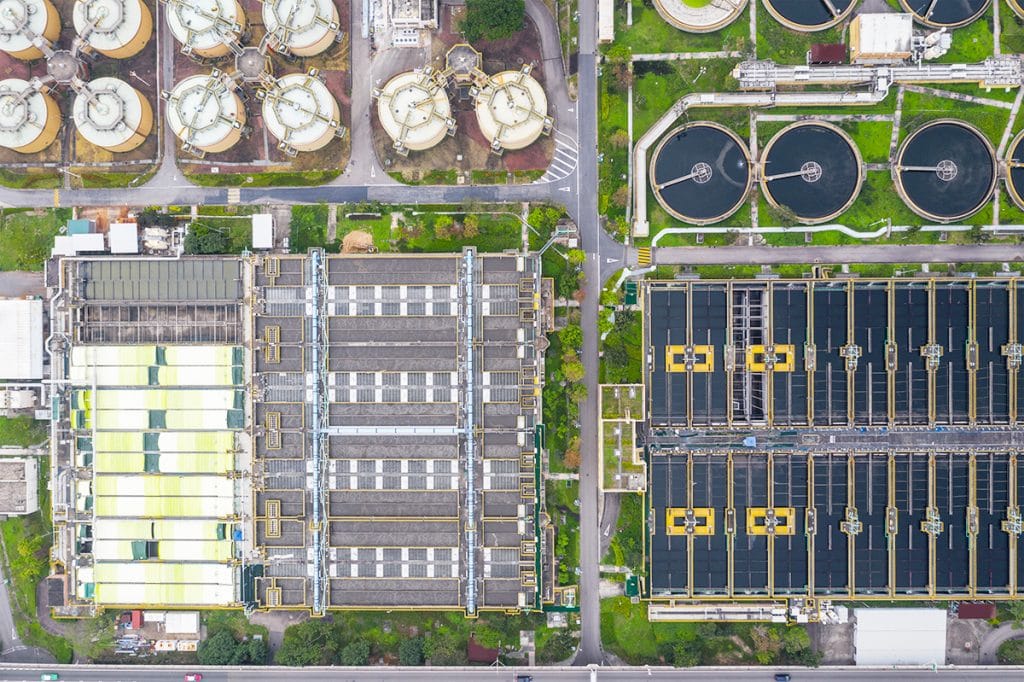
Reducing plastic waste
Plastic waste is a big problem. The fact that more than 10 tons of plastic enter our oceans every year and that there are expected to be more plastics than fish by 2050 is alarming! Plastic waste can also corrupt water supplies. That’s why it’s important to reduce plastic waste and improve sustainability globally.
Plastic bottles and bags get most of the media coverage, but plastic is entering water systems in ways you can’t always see, and likely don’t realize.
Microplastics are a major problem and are found in
- Industrial manufacturing
- Synthetic textiles
- Clothing
- Personal care products (toothpaste, shampoo, etc.)
To reduce plastic waste in our homes, we can do the following.
- Recycle plastic
- Use alternatives to plastic, such as reusable tableware, food bags, etc.
- Shop locally and buy fruits and vegetables that are not packaged in plastic
- Buy organic/natural and eco-friendly care products
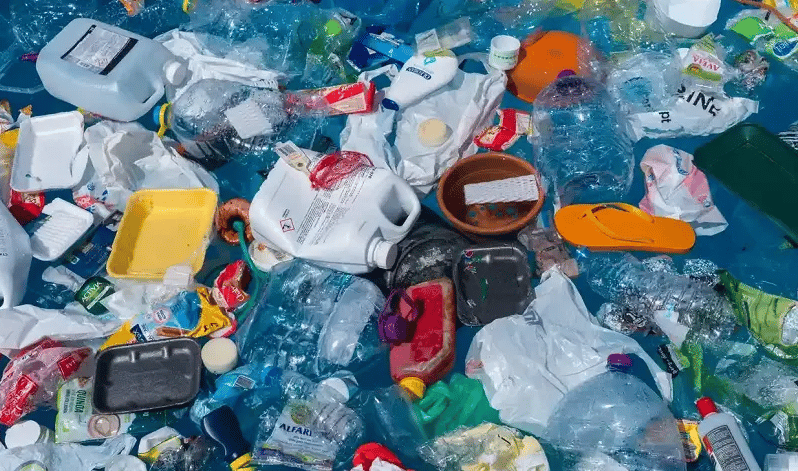
Water conservation
Do you turn off the tap when you brush your teeth, or turn off the tap when you wash your hair in the shower?
Water is a scarce resource, so limiting the amount of water you use each day will help reduce water pollution.
Water efficient toilets
In the past, toilets used about 3.5 gallons of water per flush, however, the EPA (Environmental Protection Agency) has mandated that all toilets can only flush 1.6 gallons of water per flush.
Most homes are now built with 2 button toilets, one for small flushes (0.8-1.1 gallons of water) and one for full power (1.6 gallons of water). Water-efficient toilets are a step in the right direction to conserve water and reduce water pollution.
Having a water-efficient toilet can save you money, too!
Septic tanks
Septic tanks are a great way to effectively treat wastewater; separating solids from liquids. Septic tanks degrade solids and allow liquids to flow into the drainage system through a biological process.
Using a septic tank reduces water pollution by removing pollutants already present in the water.
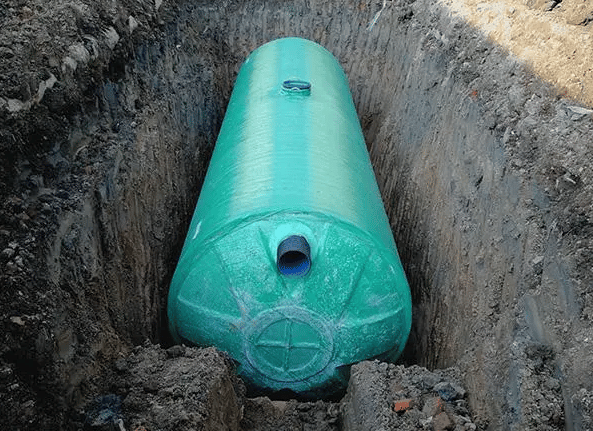
Do not use your toilet as a trash can
Your toilet is not a trash can; it is used only for human excrement. Avoid flushing wet wipes, diapers and anything else you think of down the toilet – that’s what a trash can is for.
Flushing these items down the toilet can cause a clog in the drain, so the sewer system does not work properly. When things are clogged, the water in the wastewater facility or septic tank cannot be cleaned effectively.
Stormwater management
Another way we can fight water pollution is to manage stormwater whenever possible. Stormwater flows along roads and other surfaces and can collect viruses, bacteria and other harmful pollutants before entering sewers, rivers and eventually the ocean.
Treatment and management of stormwater includes reverse osmosis (RO), advanced oxidation and sand filtration.
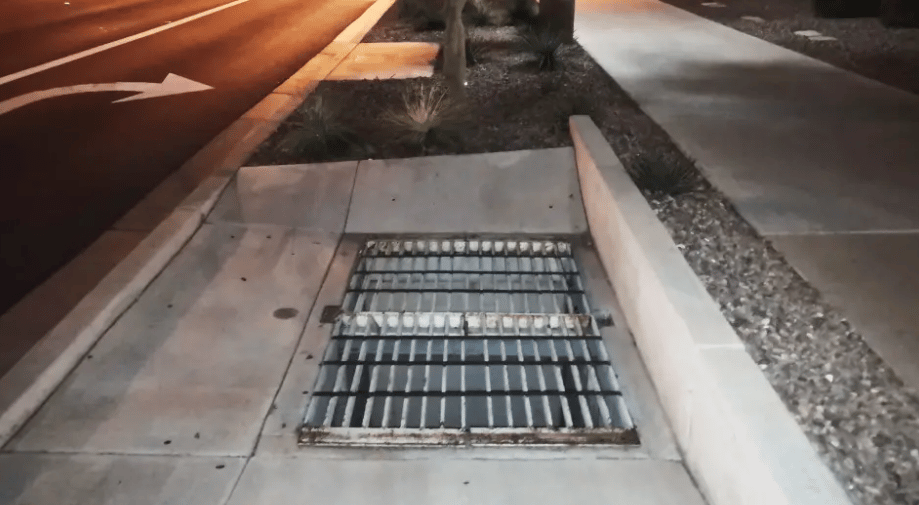
Green agriculture and wetlands
Agriculture is a trillion dollar industry worldwide, using up to 70% of the surface water supply to meet the needs of livestock production and agriculture.
Because agriculture is such a large industry, it is one of the leading causes of water pollution. When it rains, runoff transports pesticides and fertilizers.
Agriculture can be environmentally friendly and is known as green farming. Green farming involves the use of pesticides and fertilizers that do not contain harmful chemicals. It also involves planting trees and creating wetlands to create buffers that filter runoff and water pollutants.
Denitrification
When nitrate levels in water are high, it creates the perfect environment for eutrophication or over-fertilization of runoff to occur. This allows algae and phytoplankton in the water to grow rapidly, reducing water quality and exacerbating water pollution problems.
Denitrification is the direct conversion of nitrate to nitrogen. This ecological process prevents nitrate from leaching into the soil and helps reduce groundwater contamination.
Ozone wastewater treatment
Although this is also a type of wastewater treatment, it goes through a different process than conventional wastewater systems, which is why it is also important to note this.
Ozonated wastewater treatment uses an ozone generator to break down water contaminants. Ultraviolet (UV) radiation or an exothermic field inside the generator converts oxygen into ozone. This process oxidizes bacteria, organic matter and other water contaminants.

There are also a number of solutions you can take on yourself to reduce water pollution.
- Report water polluters
- Check which water line your drain or sewage pump is connected to
- Never pour oil, fat and grease down the drain
- Use phosphate-free laundry detergents and dishwashing detergents
- Dispose of medical and chemical waste properly – do not dump medications in toilets or rivers
- Eat more organic foods
- Reduce how much meat you eat
- Support environmental charities
- Avoid single-use plastic products, such as plastic bottles and plastic food bags
- Always pay attention to vehicle maintenance to prevent oil leaks
- Reduce chemicals and use eco-friendly or organic fertilizers and pesticides
- Plant more trees and plants
- If you live on the coast or remove plastic from a river near your home, do a beach cleanup
- Finally, water pollution should always be at the forefront of your mind in your daily activities
How do we test and measure water contamination?
Testing and measuring water quality can tell us if a body of water is contaminated. Testing water quality is one of the most important ways to protect sensitive aquatic environments and provide clean water for a wide range of plants and animals, including humans.
There are many ways to measure water quality, including various parameters such as pH, conductivity, dissolved oxygen (DO), ORP and temperature.
There are 7 ways we can test water quality and reduce water pollution.
- pH testing
- Conductivity, salinity and TDS monitoring
- Measurement of water temperature
- Dissolved oxygen measurement
- Assessing turbidity and TSS
- Chlorophyll fluorescence analysis
- CDOM/FDOM monitoring
pH Testing
pH fluctuations can be extremely dangerous in aquatic systems; safe aquatic environments have pH values between 6.0 and 8.0. Many factors can alter the pH of an aquatic system, rapidly creating a toxic environment.
pH can be tested using colorimetric or electrochemical methods.
Colorimetric methods include pH indicators and litmus paper. They are easy to use and inexpensive, but for accurate pH readings, electrochemical methods such as pH controller are highly recommended. The pH meter needs to be calibrated prior to use.
You can find more information about pH sensors and their different applications here.
Conductivity, salinity and TDS monitoring
The conductivity of water tells us the quality of the water and also affects the salinity and TDS (total dissolved solids) of the water. Analyzing water quality can be measured using conductivity, TDS and salinity meters.
Even if each meter measures a different water parameter, the results will collaborate with each other to indicate how much water contamination is present.
Measuring water temperature
Temperature is an important water quality parameter because it affects other parameters in the water system.
There are a variety of thermometers, temperature controllers and temperature sensors that can record accurate readings.
Measuring dissolved oxygen
Measuring dissolved oxygen in wastewater treatment and water bodies is important because DO levels below 6 mg/L can be toxic to aquatic ecosystems.
Most commonly used are DO electrochemical sensors, but optical DO sensors, colorimetric methods can also be used.
Assessing turbidity and total suspended solids (TSS)
Turbidity is the degree to which water becomes cloudy and is an important test of water quality. tss (total suspended solids) and decaying plant and animal matter can alter turbidity levels, often reducing the amount of light that passes through the water.
A sudden increase in turbidity indicates water contamination, usually caused by the influx of heavy metals and other sewage.
The easiest way to measure turbidity is with a turbidity tube or Secchi disc, but for more accurate measurements, a turbidity meter is recommended.

Chlorophyll fluorescence analysis
When water bodies become eutrophic, oxygen levels are depleted and nitrogen and phosphorus levels increase, creating a toxic environment for plants and animals. Measuring algal growth and water quality can help reduce water pollution.
Chlorophyll fluorescence is measured with a chlorophyll sensor, which records the percentage of wet chemistry and active chlorophyll.
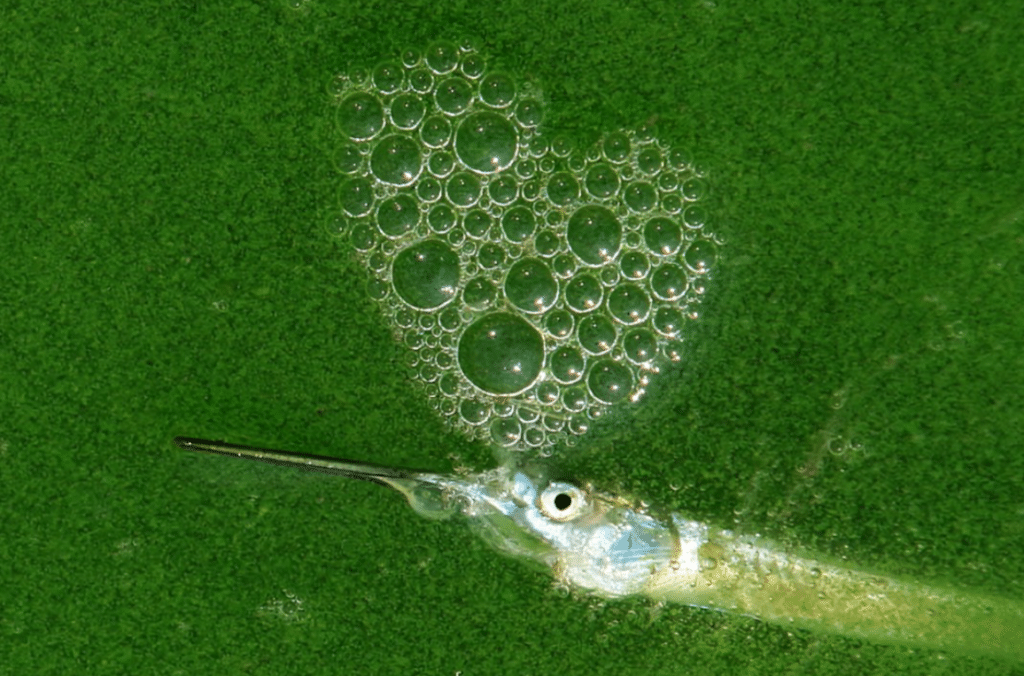
CDOM/FDOM monitoring
CDOM (colored dissolved organic matter) is naturally present in water bodies. UV light is absorbed by the organic matter and breaks down to release the organic contaminant tannin, which makes the water cloudy. Tannins are associated with lowering the pH and depleting the oxygen content of the water. When CDOM fluoresces, it is referred to as fluorescent dissolved organic matter (FDOM).
Photoelectric sensors are used to measure CDOM/FDOM. they measure the availability of light and the concentration of dissolved organic matter (DOM).
Summarizing solution of water pollution
Water pollution is an extremely important problem we are currently facing, which is why solutions must be developed to protect the aquatic environment, human health, and other animals (and plants) that depend on water systems.
Testing different water parameters will determine water quality so that water pollution can be identified.
If you would like more information on what water quality testing equipment we offer, please feel free to contact Apure. We look forward to answering any questions you may have.
